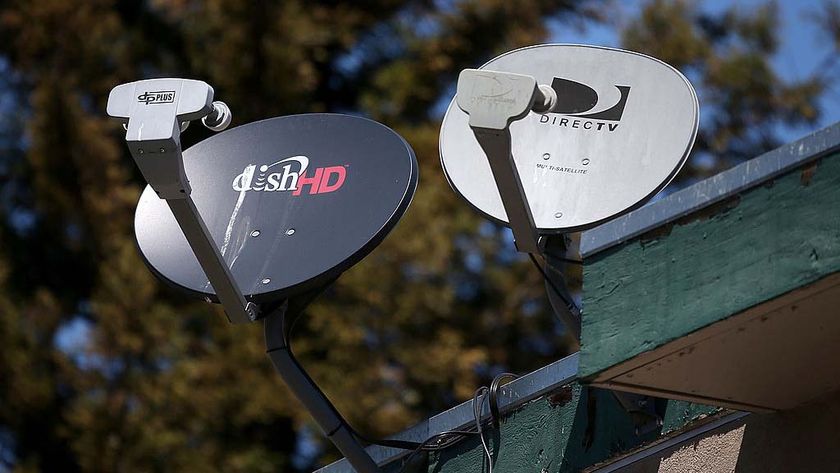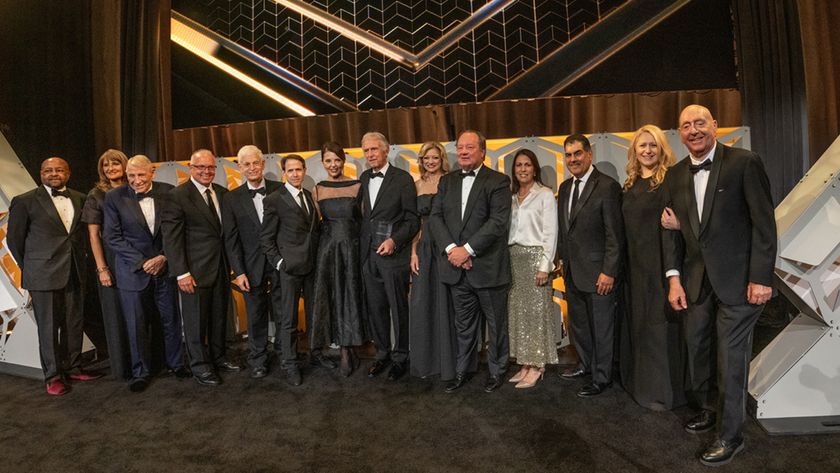News, Democracy And How Meaningful Media Could Save It All
The polarization, vitriol, and distrust that characterize the current political news media landscape accelerated to a mind-spinning pace this month. Social media algorithms and personalized news feeds serve as major contributing factors. In bringing a microphone to previously marginalized people and untold stories, social media upended the established order of centralized news coverage. It also enabled misinformation and conspiracies to erode a shared sense of truth and facts, as well as hateful perspectives on the fringes to gain broader reach and impact.

Voters have access to more information and perspectives than ever before; yet, when Havas Media surveyed them after the first – perhaps only – presidential debate, they were dubious. Only 56% of Democrats, 27% of Republicans, and 30% of Independent/Other agreed with the statement that they were “confident in the media’s ability to provide citizens with the information they need to make the best possible decisions about their elected officials.” When it comes to specific media outlets, this election reinforced partisan choices. Almost a quarter (24%) of Biden supporters chose to watch on CNN, with a similar proportion of Trump supporters tuning into Fox (23%); only 4% of Trump supporters tuned into CNN and just 2% of Biden supporters watched Fox. As expected, social media played a critical role in post-debate coverage, but, interestingly, undecided voters marked the largest block turning there after the debate.
Advertisers must understand the importance of forging the path to a more civic-minded and consciously curated media landscape. It will require shedding some old habits to foster new ones built on three key principles:
1. Commit to Financially Supporting Quality Journalism.
In times of recession, many advertisers divest from media, and newspapers’ subscription revenue determines their survival. There is ample evidence that advertisers who maintain media investment in a downturn can benefit in terms of market share. But the benefit is larger than the bottom line.
Advertising revenue is critical to information access. When major subscription newspapers made their coronavirus coverage free, this sent an important message: people should have access to certain information, regardless of their ability to pay. We need to support providing all citizens with comprehensive perspectives on difficult topics. Further, we need to identify and underwrite publishers in under-covered news deserts and historically marginalized communities.
2. Reimagine Brand Safety.
Brands that avoid controversy and negativity shouldn’t have to avoid politics. The current tenor of news is not an excuse to hide in the recipe section because you’re in a certain category or to invest only with the most centrist or neutral publishers. To better fund better journalism, brands will need to pay more attention to media plans and partnerships than in the past.
One important journalistic approach to watch is election coverage that replaces “game of thrones” style reporting with a “citizen agenda,” as explained by NYU Journalism professor Jay Rosen of NYU. While national news media have struggled to break the cycle of covering the president’s constant news-making tweets and actions, many local news organizations have made progress identifying and covering the issues that matter to citizens first, then evaluating candidates policies and proposals afterward.
Separating important coverage of serious yet sensitive topics from biased reporting or misinformation in the current ad buying marketplace will require investment in better technological solutions as well as media plan curation. Digital media blocklists based on keywords are blunt instruments. Media planning requires deep familiarity with the coverage that a range of publishers and journalists provide. Demand that of yourselves and your media agencies.
3. Use and Develop Technology Responsibly.
Evidence around social media’s deleterious effect on discourse and mental health has continued to grow. The Center for Humane Technology is raising awareness of this issue, not least with the new film The Social Dilemma.
When we design advertising products and media experiences, let us apply the Center’s guidelines for designing products with an honest accounting of the impact on human sensitivities and group dynamics. Breaks in the endless scroll, for example, would give users the ability to swim confidently through the current of information and ideas rather than drown in it, as Stanford University Communications professor Fred Turner phrased it. Product improvements that enable swift removal of posts that violate community guidelines, in-feed fact checking, and a consideration of the user’s mental health signal a promising start to a less damaging environment.
As advertising organizations and individuals, we have the power to put pressure on social media platforms to design a more citizen-oriented experience. No doubt some changes are in tension with marketers’ incentives to capture and keep consumer attention, and others will require expanded industry regulation. It’s worth it.
The stakes are high.
Democracy and a robust free press remain profoundly interconnected: An informed citizen base requires widespread access to credible information; and widespread access to credible information requires advertising support. We cannot predict the outcome of the election or the future of news media with certainty, but we have a critical role to play in both.
Broadcasting & Cable Newsletter
The smarter way to stay on top of broadcasting and cable industry. Sign up below
senior VP, Insights and Data Strategy, Havas Media



